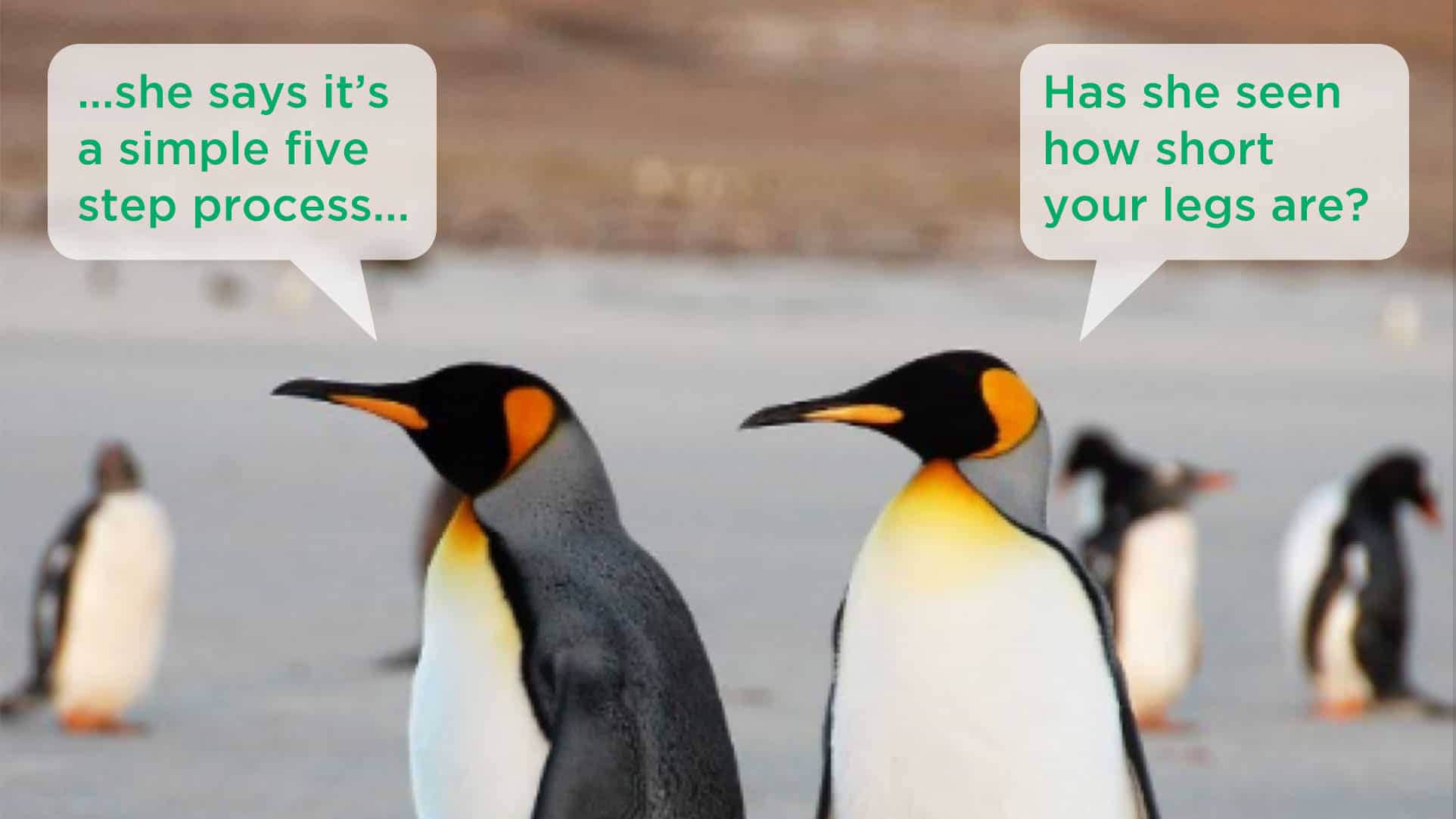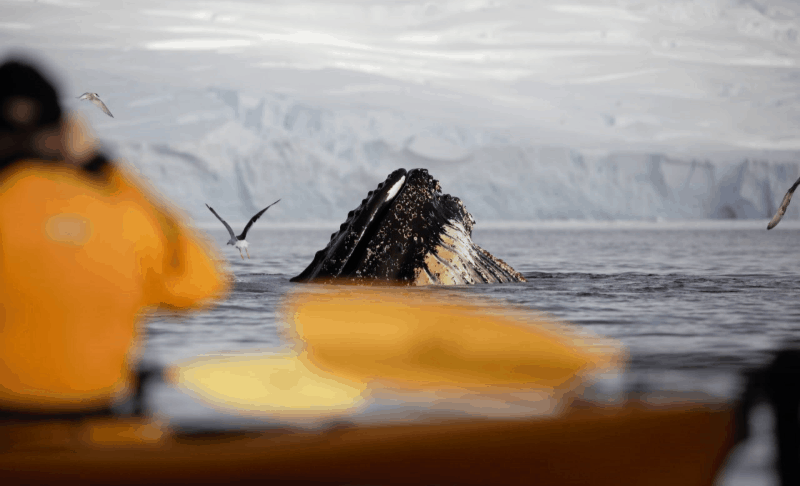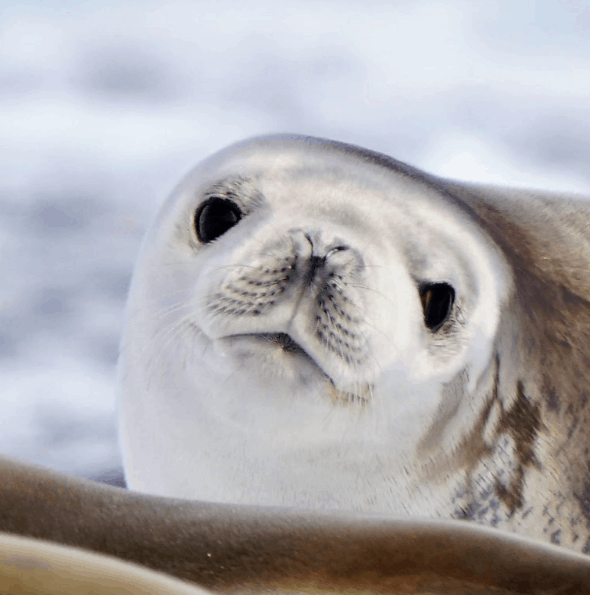
I flew down to Berkeley a couple weeks ago, super excited to do a four-day workshop called Matrix Leadership. True to form, even though I had never done any group work, I was confident I would be a natural. After all, I am a people person. I thrive in groups. Groups love me.
We began a particularly eye-opening activity by identifying the roles we take in groups. Turns out, I’m a producer, manager, initiator, organizer, facilitator, and includer. See a pattern? My list was all about DOING. Then we were invited to take on a role outside of our typical patterns. For me it was the witness, which I thought was the sit-back-and-just-watch role.
Two things happened as I accepted this challenge. One, I began to panic and realized that group work terrifies me because I’m scared of being excluded if I’m not in control. And two, a fellow group member said “oh! I’ll be the blurter then!” (which apparently means I’m more full-throttle and expressive in my doing roles than I thought I was). Anxiety aside, the witness role exposed me to a whole new perspective on how groups function as a single organism. I learned how the role I take influences the group, and likewise, how the group influences me.
If you want to boost your group work intelligence, I highly recommend taking on a new role. For doers who try out being a witness, here are some tips to ease the transition.
Slow down! Let the group set its own the pace
As I sat there watching and listening to everyone else ebb and flow in the group, I realized I tend to miss this. I am normally moving too fast, tacking onto someone else’s idea, inviting someone else to say something—keeping the pace fast. What I noticed was that some people feel more comfortable with a slower pace. And when you let a silence naturally happen, something always flows in.
By giving others a chance to contribute in their own time I saw the rhythm of a healthy group. Not honoring that can lead to conflict.
Speak up! Don’t sulk on the sidelines
At one point the group dynamic was flowing and I did not feel in agreement with it. I was frustrated that I could not interject (code word: blurt). I started distancing myself from the group and then felt excluded. But once the facilitator asked me if I had anything I wanted to add, I said my piece and it was well received. That’s when I realized I had been excluding myself, not the other way around.
Every member of the group has valuable contributions to make, and not speaking isn’t the same as adding nothing.
Check in! Get in touch with your biases
Being the ever-vigilant doer in groups, I thought I was always one of the most inclusive people. Once I was able to see the natural flow of things, I realized I had several biases that fed my underlying judgements. I used to think fast is always better than slow, and people who sit back in a group simply have nothing to say. Only once I detected these filters, was I able to examine them and see how they colored my actions and reactions to others.
Differentiation within a group is normal and healthy. But being unaware of your biases can create conflict and, more importantly, prevent seeing things from a new angle.
Try it! A new role offers new insights
The idea of being a witness seemed a little scary. Yet once I took on that role, I noticed it had some advantages. As a blurter, I spend a good portion of time analyzing my conversations with people to waylay my anxieties over whether I offended anyone, cut them off, or made them feel uncomfortable. As a witness I didn’t have any of that responsibility and I could take the time to carefully choose my words before, well, blurting.
It doesn’t matter who takes which role, but they need to be filled to sustain the group organism. Changing your role helps you grow your leadership skills while contributing to the collective intelligence of the group.
While shaking up our routine roles provides an opportunity to see the world from someone else’s viewpoint, it also helps us feel more connected to others. This allows for more congruence and less conflict in the group. So, to all my fellow doers: being the witness ain’t so bad. Take it from a (newly) self-aware blurter.








